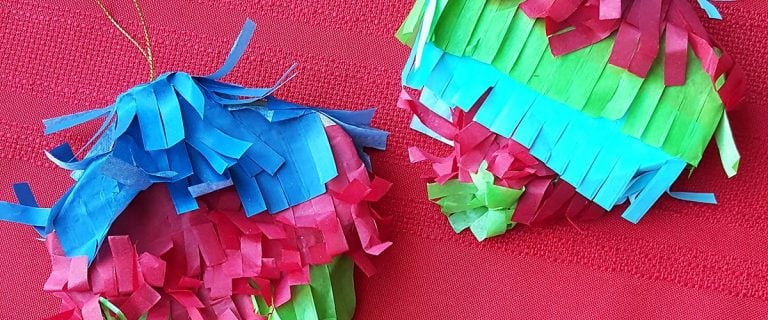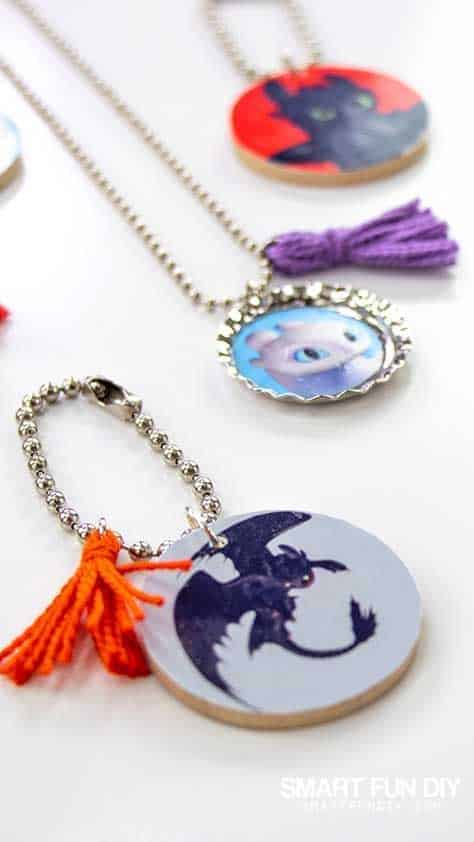This content may include affiliate links, which means if you click on them, I may get a commission. The cool thing is, there’s no extra cost to you!
Quick & Easy Gallery Wall … with No Holes!
Inside: the easiest way to create a gallery wall, with no holes in the walls. Change out your design seasonally and keep the deposit from your apartment!
Have you ever wanted to make a gallery wall but didn't want your walls to look like Swiss cheese? Me too! If you're uncertain about how to do a gallery wall layout without messing up your walls, you're gonna love this solution. I figured out how to make a gallery wall in your house with no holes in the walls!
I'll walk you through the whole process from planning your gallery wall layout to mounting the frames without any holes in the wall.
Watch this video to see the quick and easy gallery wall, start to finish:
If you want to watch this video on YouTube, click here.
This post contains affiliate links. When you purchase from these links, I might get a commission from the seller at no extra cost to you. It's pretty cool!
Choosing gallery wall frames and items
A great gallery wall needs to look like you collected all of these elements over time to magically morph into a cohesive, gorgeous collection on your wall.
But NO ONE actually creates their gallery wall that way.
There's a formula to make sure everything “goes together” but still looks like it was authentically collected over time.
Select a mix of items for your gallery wall. I recommend choosing items with similarities but in a variety of shapes, sizes, and colors.
Choose gallery wall items with similar:
- Colors
- Motifs (flowers, arrows, cacti … whatever)
- Patterns (diagonal lines, checks, chevron)
- Shapes (hexagons, rectangles, arrowheads)
- Finish (distressed, glossy, painted, natural)
On this gallery wall I have:
- 5 natural wood finish items
- 2 arrows with one arrow motif framed print
- 2 hexagons
- 3 floral prints
- 2 cacti prints
- 4 prints with hot pink or orange
- 4 items with distressed finish
The overlap in these styles helps create a cohesive look when the items are grouped all together.
Start with what you have
Look around your house and take note of the styles you love most. Use what you already like as a starting point for choosing elements for your gallery wall.
The beauty of designing your own gallery wall is that it's custom to your space and your decor sense. You can even make your own art, like this!
Gallery Wall Art
All gallery walls start out as framed prints and decor items in a store, wrapped in cardboard and displayed in stacks of similar framed prints and decor items.
Step 1: Find Frames, Prints, and Items for your Gallery Wall
Start by going to a store that sells framed prints and home decor items. I love going to Hobby Lobby because they have both finished home decor and DIY items. In fact, I got everything for my gallery wall from Hobby Lobby but there are lots of stores where you can shop for gallery wall frames.
For this gallery wall, I mixed and matched framed prints and finished home decor pieces with unfinished wood shelves. Here's how:
- Choose a color theme
- You can start with one piece you love and build off of that
- Don't worry about the frames matching – you can paint them or change them
- If you're framing your own photos, choose a gallery wall frame set that is already laid out like this – it makes things so much easier
Step 2: Design your Gallery Wall … BEFORE you buy!
Arrange the pieces on the floor of the store to see how they will look together; just choose an aisle without a lot of traffic! LOL
Think about pieces you might already have at home that would go with this gallery wall collection.
- DIY signs and art using scrap wood panels to add to your gallery wall layout, like this
- Or use wood slices to make custom art. If you're not comfortable drawing from scratch, using coloring book pages like this!
You can take photos of the items you already have or bring them with you to the store to see how it all works together. If you do bring your pieces into the store, make sure that the staff knows they belong to you and are not items from the store.
Planning your gallery wall layout
When you get home, combine the pieces you bought with items you already have.
Lay out a mock gallery wall:
1. Measure the width and height of the open wall space where you plan to add the gallery wall feature.
2. Find a large open space to lay out your gallery wall. I chose a large open area of my floor to get a bird's eye view of how everything might look on the wall. You can also do this on a patio or driveway if you don't have a large open area inside your home.
3. Measure the space to make sure it's the same size as your gallery wall. You can use tape to mark the perimeter so you can be sure to stay exactly within the edges of your gallery wall space.
4. Arrange the items to create a mock gallery wall layout:
Take a photo of the layout for reference
Once the layout looks exactly how you want it to appear on the wall, take a photo. Depending on how large the gallery wall layout is, you might need to get a step ladder to get high enough to capture the entire layout in one image. Reference this photo while adding the items to the wall.
Hanging gallery wall frames
Once you have the layout figured out, it's time to hang the frames!
Lots of guides on creating gallery walls require you to measure and center everything on the wall. But because we laid everything out on the ground, we already know how the items will fit together and look.
Rather than use picture hangers or nails, I used Command Strips for the photos. You'll need 2-4 Command Strips per frame, depending on how large and heavy the frame is. There are lots of packs and varieties of Command Strips to choose from but I like these the best.
If you make a mistake in hanging the item, you can remove it and adjust it since the Strips are removable! This is why we don't have to be obsessed with measuring while creating this gallery wall.
Here's how to add the frames and decor to your gallery wall:
1. Add the gallery wall item from the lower left of your layout to the wall first.
2. Add Command Strips to the back of each frame or item.
3. Use a level to make sure each item is level before adding it to the wall.
4. Remove the backing on the Strips and adhere to the wall.
5. Continue adding pieces to the wall, referring to your mock up photo through out the process. Add pieces from the lower left working towards the upper right of the wall.
Common questions I've been asked about Command Strips:
Do they rip the paint off when you remove them?
If the walls are freshly painted, the paint may peel from the wall if you use Command Strips. Make sure the paint has dried for at least a week before adding the Command Strips to the wall. I have never had the paint come off of the wall when I have removed Command Strips in the past but I have always let the paint dry thoroughly.
Use a quality paint like Behr Marquee on the walls to avoid any paint issues.
Do they rip the drywall when you remove them?
Nope, I have never had the Command Strips damage my drywall, even when the strips have been on the wall for several years.
How hard are they to remove?
Simply pull the tab on the bottom of the Strip, stretch it, and the Strip will pop right off the wall.
Do Command Strips hold in earthquakes?
Yes. I've never had the strips fall off the wall or move after set.
Do Command Strips hold in dry climates?
I live in the very dry Mojave Desert which is an extremely dry climate. We have been using Command Strips for 10 years. The biggest issue I have had is the Strip pulling along the material on the back of the frame, sometimes separating it from the frame.
Do Command Strips hold in humid climates?
I've heard from my friends who have used Command Strips that they do not perform as well in hot, humid climates like Florida. The adhesive on the Strips becomes more slippery when it heats up from a hot, moist climate.
If you're in a humid climate, test the strips with a small frame in a discreet area of your home, like on a closet wall. See if the strips will hold for a few weeks and if so, they will likely hold up for your gallery wall.
If the Command Strips are placed on the wall incorrectly or crooked, will they stay sticky when I try to move the item?
If you place an item in the wrong spot, make sure you pop if off the wall as soon as possible. The longer the Command Strips are in touch with the wall, the longer they have to “cure” and make a strong seal. If it's been more than an hour since you placed the Command Strips, you may need to remove them and add a new set in order the ensure they stay stuck to the wall.
Where are you going to create your gallery wall?
P.S. If you enjoyed this post, share it to Facebook or Pinterest. Thank you for sharing!

About the Author
Jennifer Priest is a 20+ year designer in the arts & crafts industry and home DIYer with a passion for creativity. An Army veteran raised on a ranch, from her experience, she shares smart DIY projects that save money and fun craft ideas that anyone can make. Besides blogging, Jennifer is a Master Practitioner and Trainer of NLP, Hypnosis, and MER, and coaches other online entrepreneurs on money mindset, business, and living an intentional life. When not blogging, Jennifer is having adventures in the wilderness, on road trips, playing with her cats, and making paleo food.













